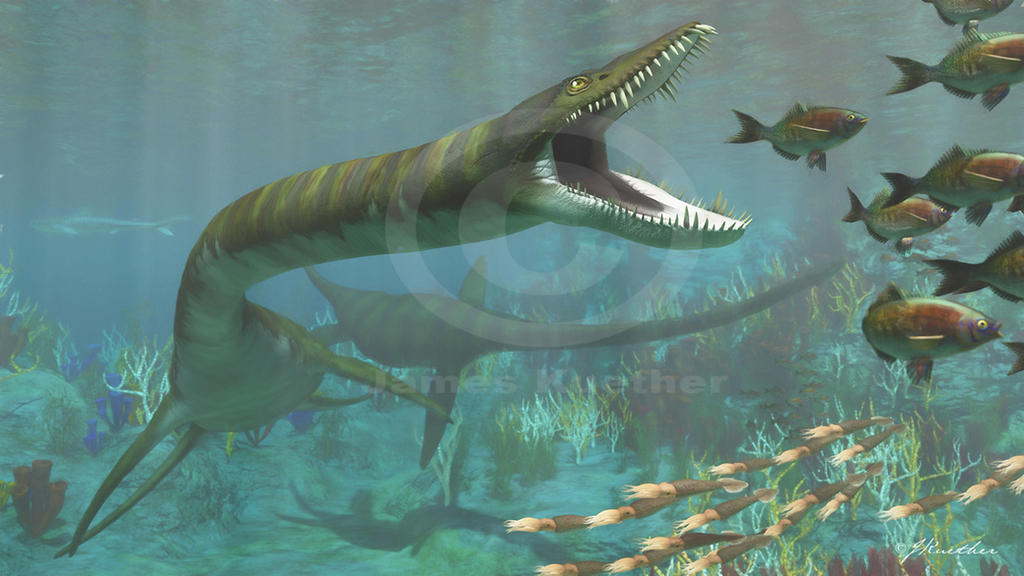Those same forces flexed the land east of the mountain range downward. This included predatory marine reptiles such as plesiosaurs , and mosasaurs that grew up to 18 meters long.

A “Walk on the Moon of Big Water” with Merle Graffam
Cretaceous paleoart mosasaur tylosaurus niobrara niobrarachalk pteranodon cretaceousperiod paleontology xiphactinus.
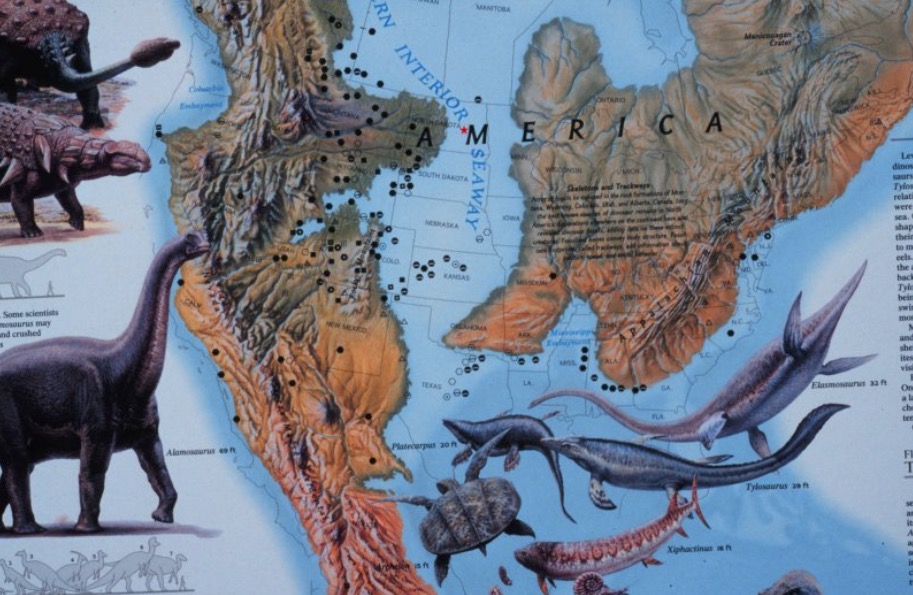
Western interior seaway animals. Numerous north american fossil sites owe there existence to the western interior seaway. Waters from the arctic sea and the tethys sea (now the gulf of mexico) flowed in to fill the lowlands. Of monstrous animals were fighting for existence in a vast interior seaway which spanned the latitude of the continent, dividing north america down its center.
A fossil of the predatory aulopiform, cimolichthys nepaholica, was found with the gladius of t. The western interior seaway was home to early birds, including the flightless hesperornis that had stout legs for swimming through water and tiny wings used for marine steering rather than flight; Occasionally, the shell material in the seeps is very well preserved, retaining the original mineralogy.
The diverse invertebrate fauna includes. Gavin davidson, emily berry, kayleigh johnson, and laurie c. Western interior contain a rich fauna including ammonites ( baculites, hoploscaphites, didymoceras, placenticeras, solenoceras), bivalves (lucina), gastropods, sponges, and crinoids.
Think of the canadian prairies and images of flat fields of grain instantly come to mind. The western interior seaway would have covered the badlands in the late cretaceous, when dinosaurs were roaming the earth. Living in this tropical sea were large fish, reptiles, sharks, turtles, ammonites, and other unusual characters.
A large inland sea, the western interior seaway (sometimes referred to as the cretaceous interior seaway), covered much of the area that is now known as the great plains region which includes kansas. The cretaceous beach was possibly located in the seaway, due to the presence of hesperornis.(episode 1.3) some deinosuchus which appeared in maidenhead presumably came through an anomaly from the. The western interior seaway was a shallow sea filled with abundant marine life.
It was a shallow sea with diverse marine life including predatory marine reptiles, such as mosasaurs growing up to 18 meters long, ichthyosaurs, and plesiosaurs. The western interior seaway is famous for its skeletons of sea monsters: Students will be able to investigate the food web of the cretaceous western interior seaway.
They couldn’t swim into the western interior seaway, so their bones were not preserved as fossils here. These animals included mosasaurs, plesiosaurs, giant turtles, sharks, and other fishes, including the enormous xiphactinus. Marine creatures from the age of dinosaurs.
The western interior seaway was a location in the north america during the cretaceous period, when an inland sea split the land that is the united states in half. Methane seeps in the upper cretaceous pierre shale of the u.s. But wind the clock back 100 to 60 million years and a different picture emerges—one in which a vast inland sea, the western interior seaway, submersed the region.
Ichthyornis shared the sky with large pterosaurs such as nyctosaurus and pteranodon. However, no dinosaurs appear in the rocks within badlands national park. The western interior seaway covered most of the american midwest between the arctic ocean and the gulf of mexico and was home to some of history’s most fearsome, real sea monsters.
Tusoteuthis was also preyed on by other animals, especially the many, various predatory fish of the western interior seaway. Anderson, south dakota school of mines and technology. The gigantic sea was filled with creatures like dinosaurs, birds and mollusks, all of which left their fossils behind once the seaway retreated.
Marine ecosystems and the cretaceous western interior seaway. Xiphactinus trolled an ancient ocean called the western interior seaway, which covered much of central north america during the cretaceous. The western interior seaway formed about 100 million years ago when the mountains that now define western north america lifted up as a result of tectonic forces.
Marine creatures from the age of dinosaurs; The fossil could help the researchers piece together how different species of turtle evolved and diverged during this period of time as the western interior.

palaeornithology Prehistoric animals, Ancient animals

Pin on Blog Dinosaur and Fossils
Western Interior Seaway 4 by PaleoGuy on DeviantArt

Bisti/DeNaZin Wilderness was once covered by an ancient

Kraken of the Western Interior Seaway by PaleoartByMcGowan

Ammonite Fishing in the Western Interior Seaway by
January 9, 2018 Everything Dinosaur Blog

CRETACEOUS OCEAN COMMUNITY This picture of a mural in the

Lythronax Investigating Squalicorax. On a beach in

In the Western Interior Seaway a Platecarpus glides

Dinodoom Western Interior seaway Days 1 and 2 YouTube
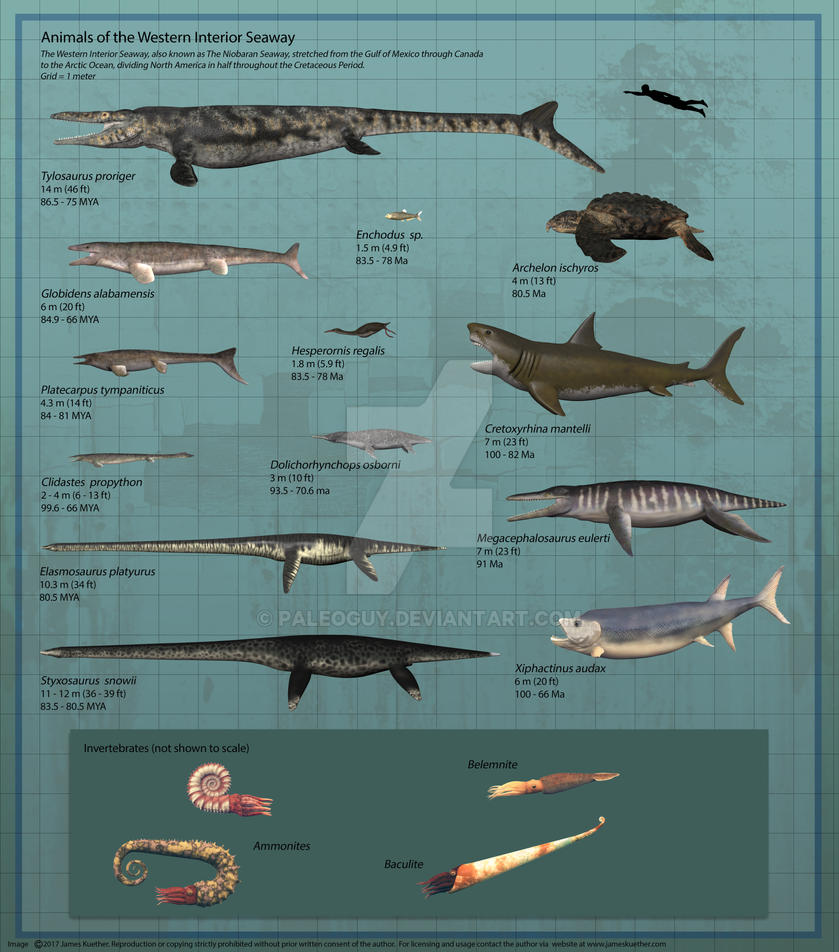
Animals of the Western Interior Seaway by PaleoGuy on

Tylosaurus Marine Reptiles stock illustration
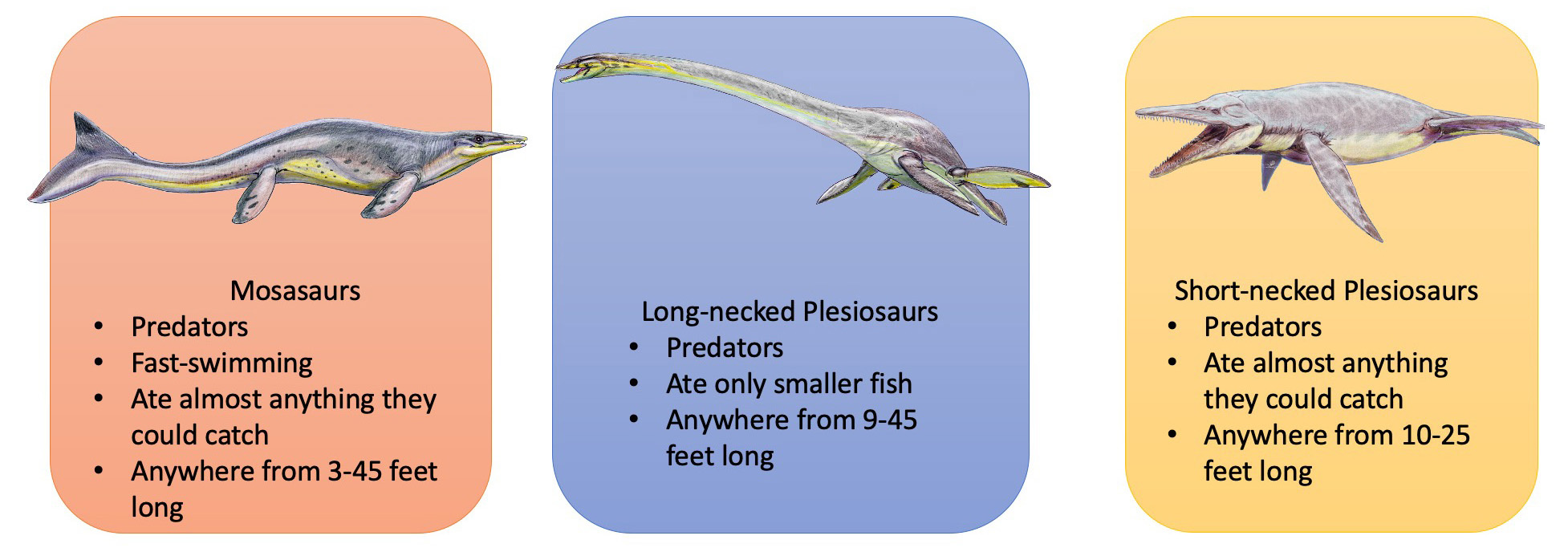
Marine Ecosystems and the Cretaceous Western Interior

“Politically Depressed” the Ranch Chimp Journal May 2015
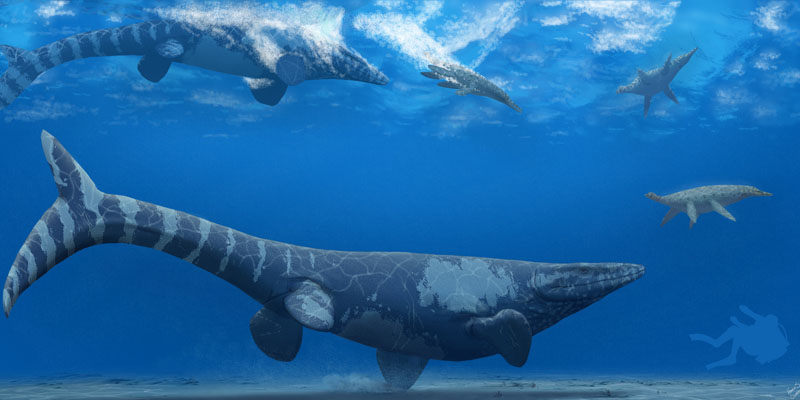
Mosasaurs Last of the great marine reptiles Earth Archives

Maps showing the irregular growth of the Western Interior
Meet Protostega, an ancient sea turtle that lived in the
